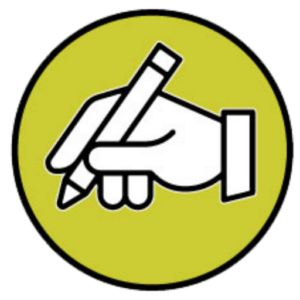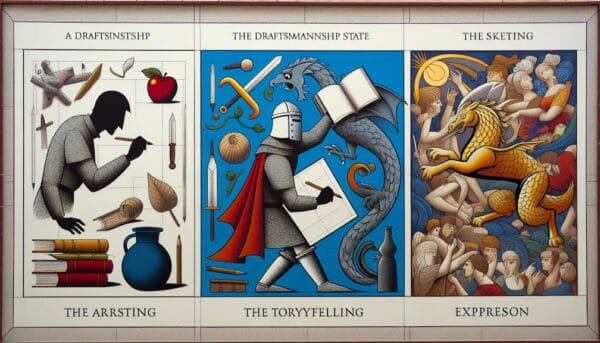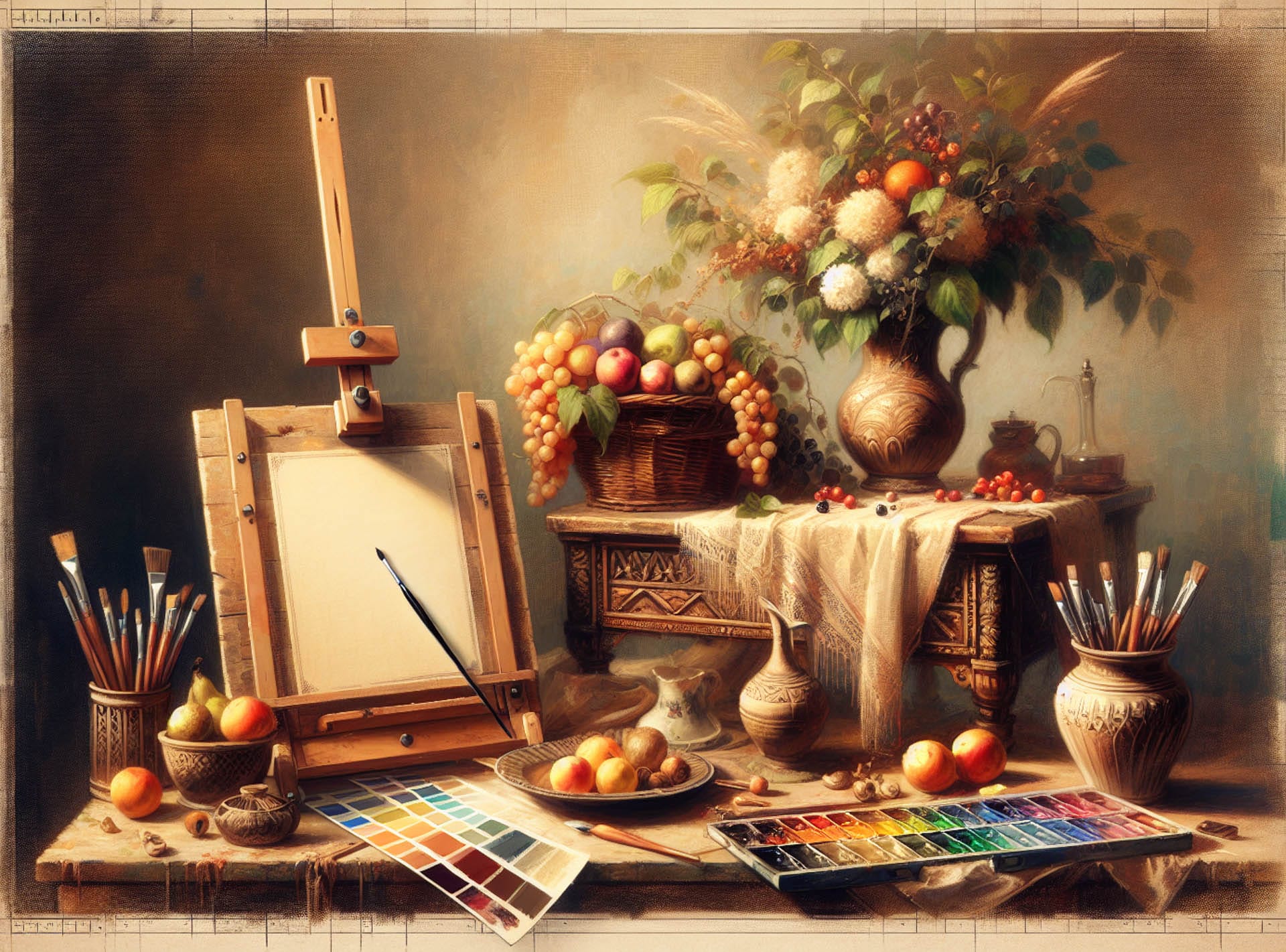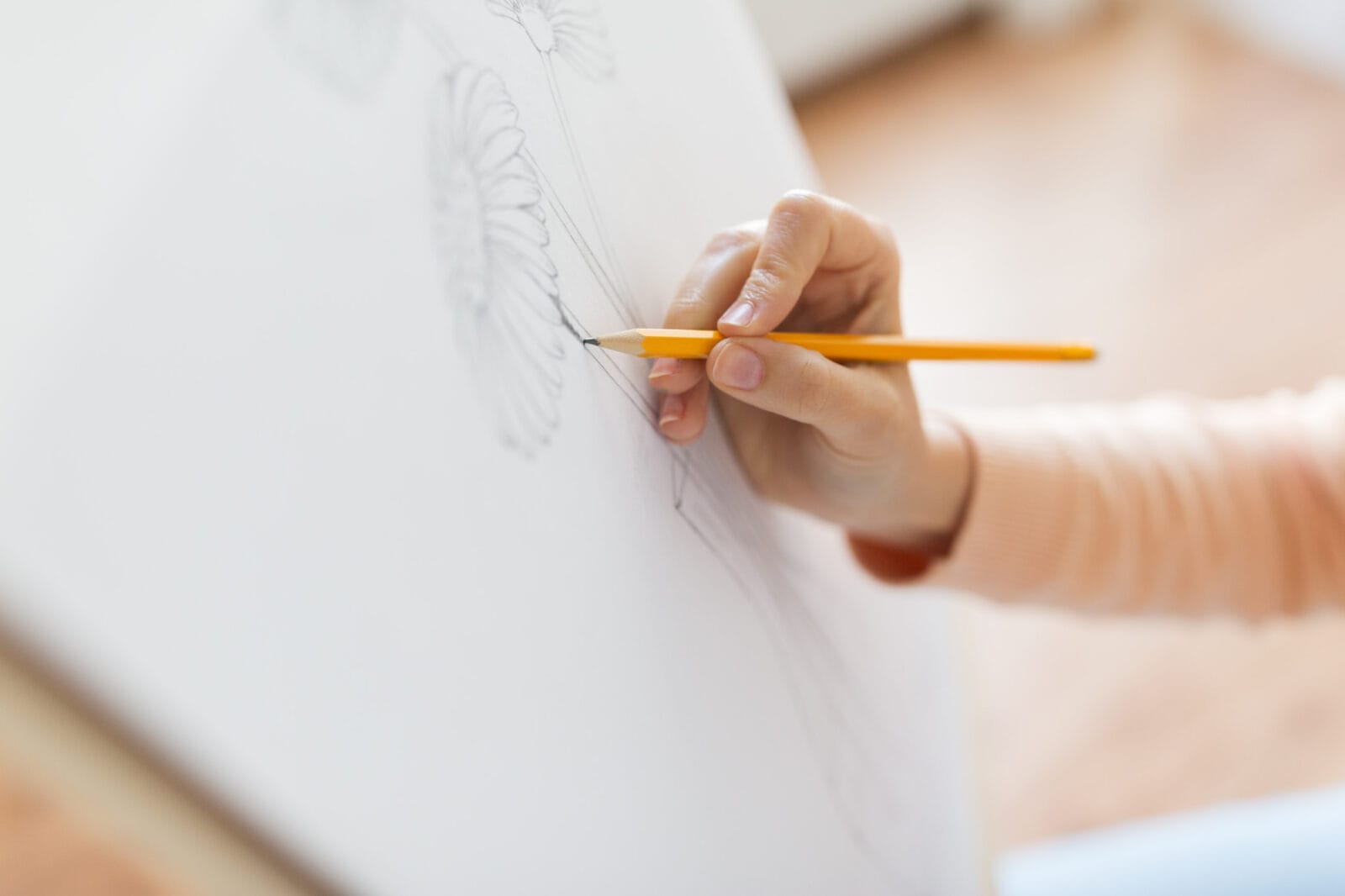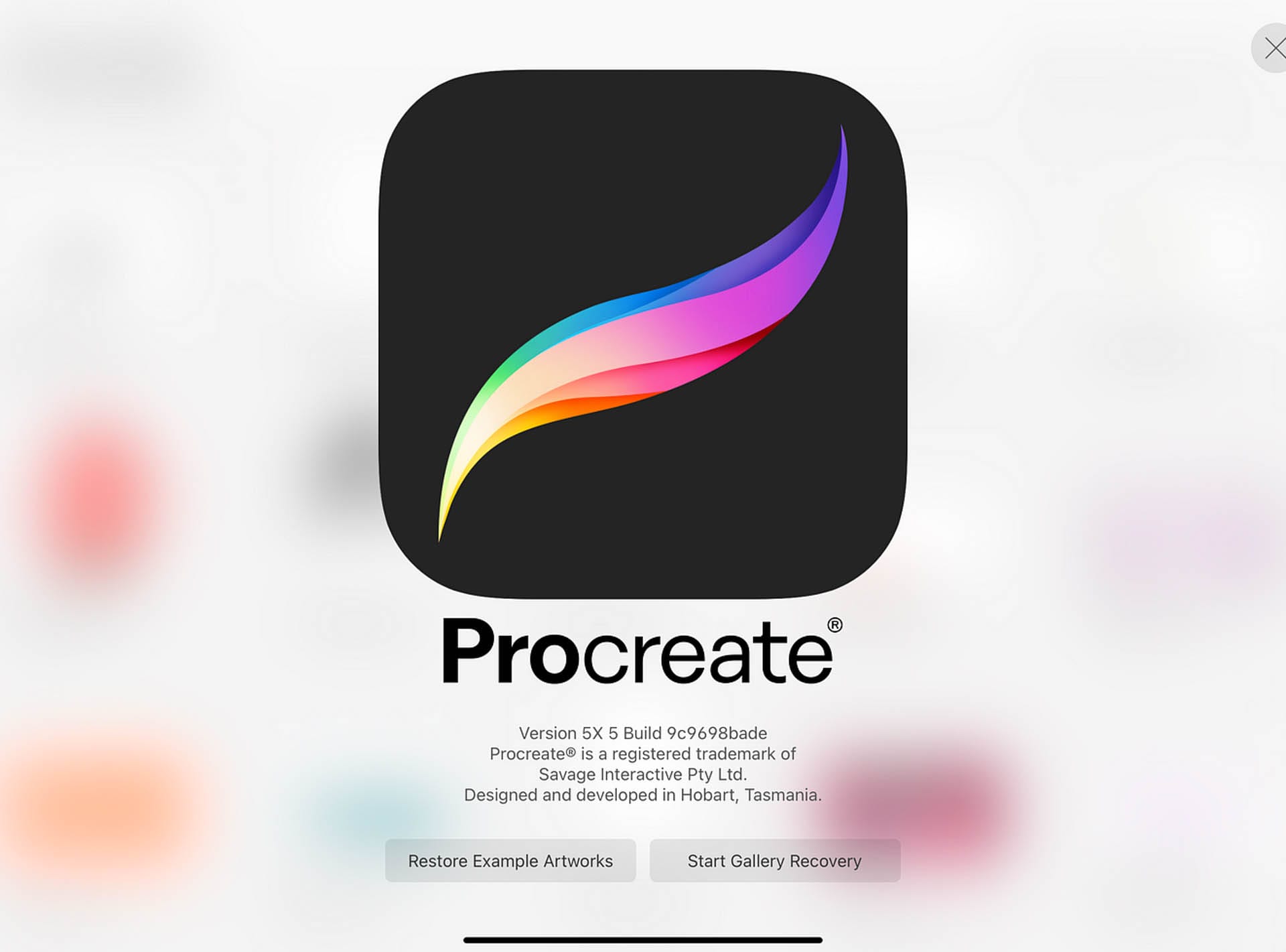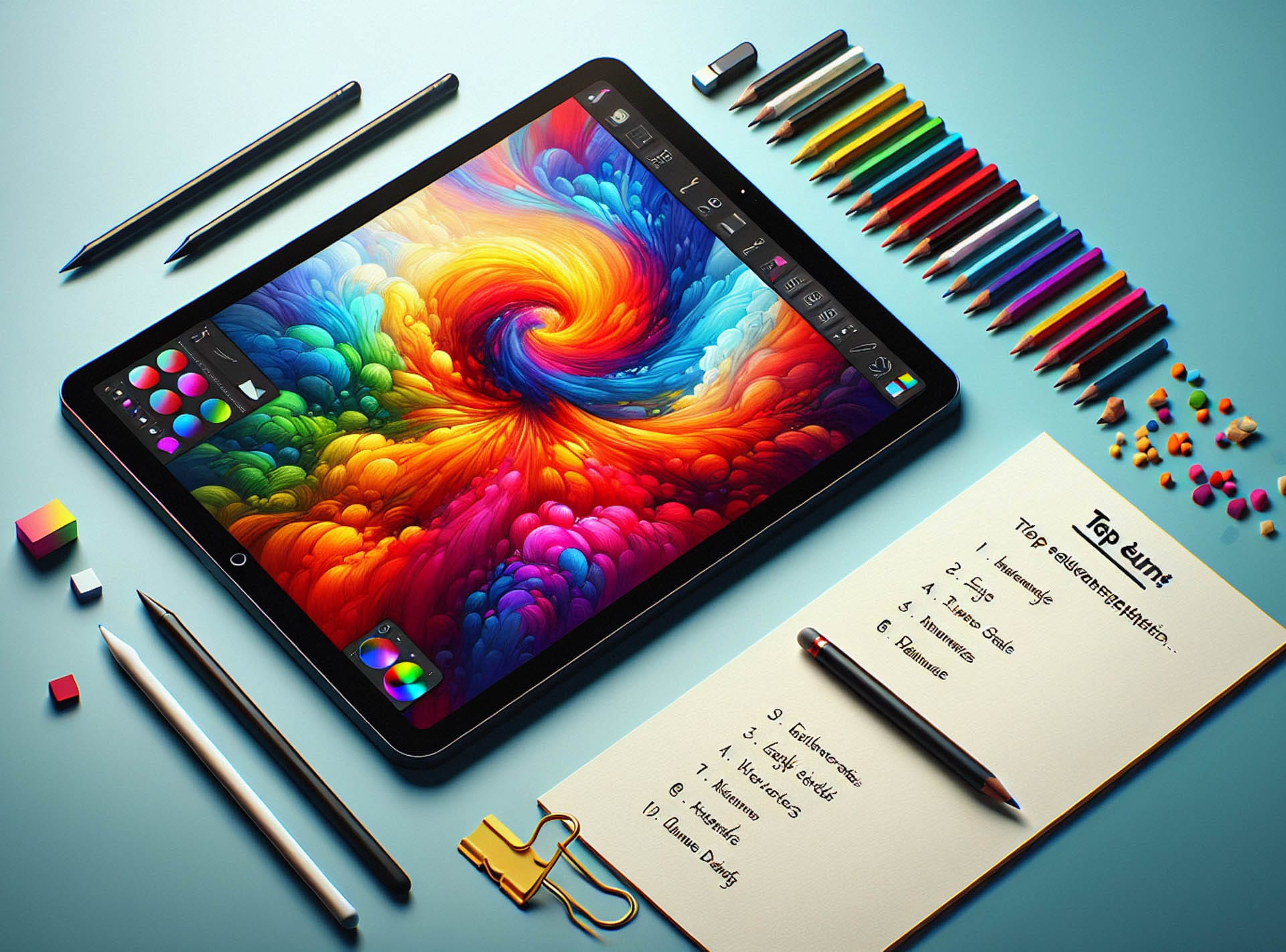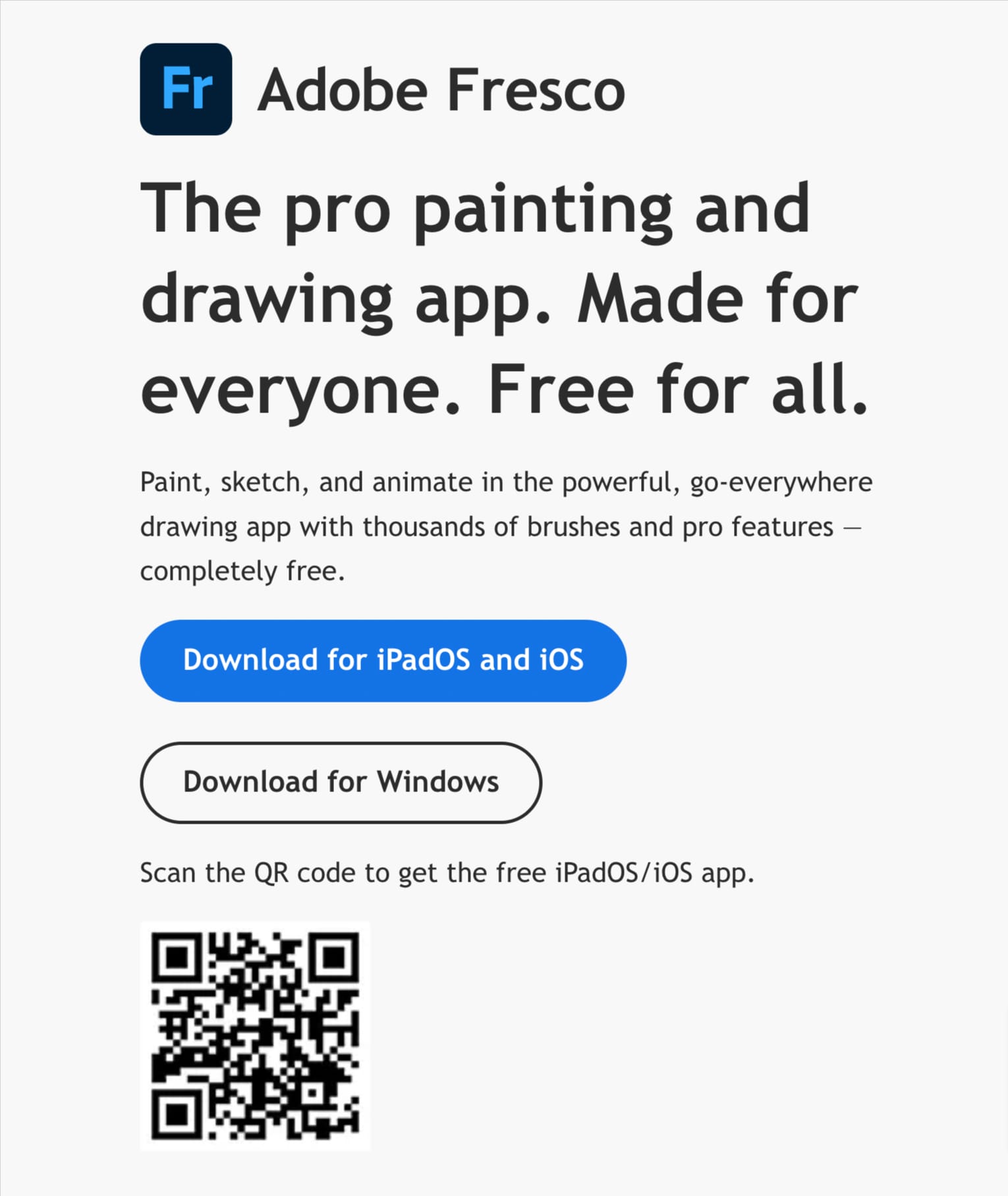Through quick thumbnails or more detailed studies, artists can iterate rapidly, uncovering the best angles, configurations, and elements to include in their final artwork. This use of drawing as a preliminary step is akin to brainstorming; it is an invaluable phase where creativity can flow freely without the constraints of the final medium.
Visual Thinking and Planning
Drawing is a fundamental tool for artists to process ideas visually and plan their works. The drawing process, often involving sketching, allows for exploring concepts without committing to a final piece. It’s a way to experiment with composition, perspective, and form.
The act of visual thinking and planning through drawing also helps in problem-solving. It allows the artist to tackle individual aspects of a work piece by piece, integrating solutions into the overall design. Through these iterations, the artist gains a deeper understanding of their own vision, leading to more coherent and impactful final works.
Perspective Drawing
Perspective drawing is a technique used to create the illusion of depth and space on a flat surface.
One key concept in perspective drawing is the use of vanishing points, which are points on the horizon line where parallel lines appear to converge. There are three main types of perspective drawing: one-point, two-point, and three-point.
In a one-point perspective, all parallel lines appear to converge at a single vanishing point, typically located on the horizon line. The two-point perspective system involves two vanishing points on the horizon line, which create the illusion of depth and space in a two-dimensional drawing. Three-point perspective introduces a third vanishing point, typically located above or below the horizon line, to convey a sense of height and depth. By understanding and utilizing these principles, artists and designers can create realistic and compelling images that accurately represent three-dimensional space on a two-dimensional surface.
Architectural Drawing
Diagrammatic Drawing
Communication and Expression
Drawings serve as an immediate form of communication, offering insight into an artist’s thoughts and emotions. In its basic form, drawing translates complex ideas into visual symbols and narratives that can be understood universally—beyond language barriers. For instance, storyboarding is a technique that relies heavily on drawing. It communicates the sequence and flow of scenes in films, books, or advertisements, acting as a visual script.
Moreover, drawing is an extension of personal expression. It often reveals the artist’s style and technique, becoming a signature of their work. Every stroke and line weight carries meaning, allowing artists to convey mood, movement, and texture. The choice between abrupt, jagged lines and smooth, flowing strokes can represent differing emotions and contribute to the story each piece tells. Therefore, drawing is not just a tool but a language through which artists connect with viewers on an emotional level.
Figure Drawing
Sketching
Refinement of Drawing Skills and Technique
Beyond its conceptual and communicative functions, drawing remains a vital practice for artists to refine their motor skills and mastery of various techniques. Regular drawing practice hones an artist’s hand-eye coordination, ensuring precision in translating their vision onto a canvas or into a sculpture. Through consistent practice, artists develop a steadier hand, improved control over pressure, and the ability to make deliberate marks that contribute to the unique styles of their work.
Geometric Drawing
Geometric drawing is a form of art that focuses on creating precise and accurate representations of geometric shapes and patterns. It is often based on mathematical principles and requires a keen eye for detail and precision. Geometric drawing can be found in various art forms such as architecture, engineering, and design, as well as in fine arts.
The use of basic shapes such as lines, circles, squares, and triangles is common in geometric drawing, with an emphasis on creating symmetrical and visually appealing compositions. Artists who specialize in geometric drawing often use tools such as rulers, compasses, and protractors to achieve precise measurements and angles. This type of drawing allows for the exploration of patterns, symmetry, and spatial relationships, leading to visually stunning and structurally sound artworks.
Geometric drawing can also be a calming and meditative practice, as it requires a methodical and focused approach to create intricate and balanced compositions.
Stippling, Hatching, and Scumbling
Furthermore, drawing is a medium through which artists can explore and become proficient in various techniques such as shading, cross-hatching, stippling, and blending. Mastery of these techniques can deeply influence the texture and depth of the artwork, bringing a two-dimensional drawing to life or adding subtle details to three-dimensional pieces. Even in the digital realm, where art software has become a mainstay, the foundational skills built through traditional drawing practices remain essential to creating compelling digital artworks.
In conclusion, drawing is not merely a step in creating a piece of art; it is a robust and multifunctional practice that spans the entirety of the artistic process. From the initial spark of inspiration to the communication of complex emotions, and the relentless pursuit of technical excellence, drawing forms the backbone of artistry. It is both a tool and a craft in its own right, indispensable to the artist’s toolbox.
